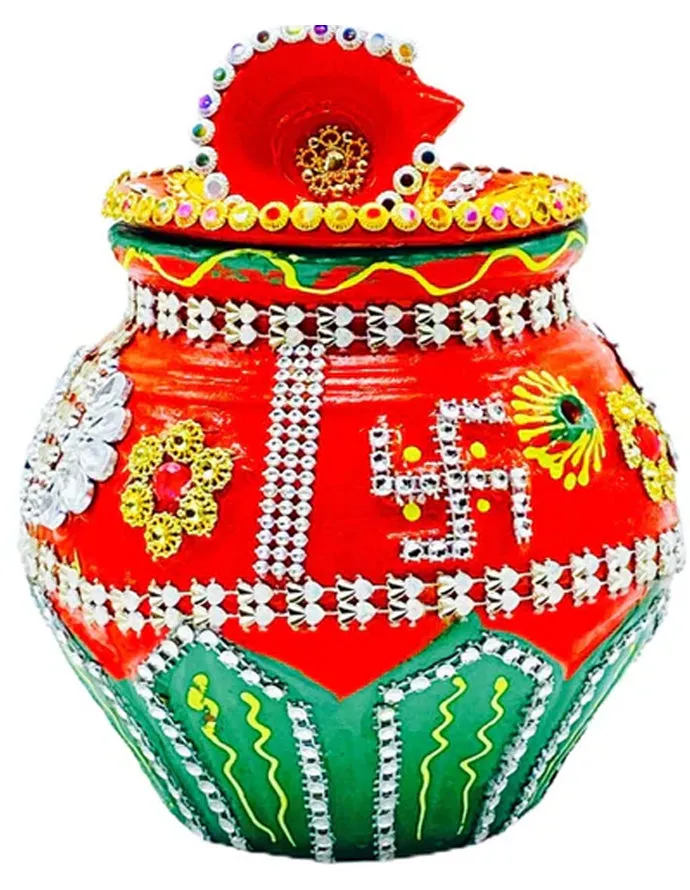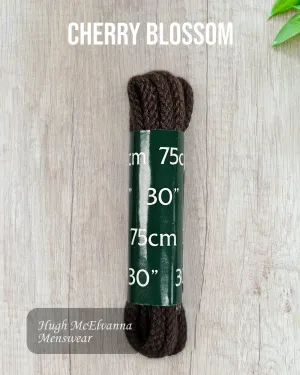Garba mud pots are typically handcrafted using clay and shaped into elegant, curvaceous designs. These designs often feature intricate patterns, motifs, and textures that reflect the artistic heritage of the region they originate from. Skilled artisans mold and shape the pots with expertise, ensuring that each piece is unique in its appearance.
During Navaratri, these decorative mud pots play a central role in the festivities. They are used in the traditional Garba dance, a circle dance performed by men and women dressed in colorful attire. Participants hold these pots on their heads while dancing in rhythmic patterns, creating a visually captivating spectacle.
The Garbo symbolizes fertility, purity, and the divine feminine energy. It is believed to represent the goddess Durga herself and is considered an essential element of the Navaratri celebrations. Additionally, these pots hold a functional aspect as well, as they help keep the flame for the traditional aarti stable during the festivities.
In recent years, the Garba mud pots have evolved beyond their traditional use and have gained recognition as decorative items in homes and cultural displays. With the rise of interest in Indian art and craft, these pots are now often adorned with modern twists while retaining their authentic essence. The Garbo serves as a cultural symbol that bridges the past and the present, connecting people to their roots while also finding a place in contemporary aesthetics.
This decorative Garba mud pot is intricately designed clay vessels that hold cultural, religious, and artistic significance. Rooted in the festive celebrations of Navaratri, these pots have evolved to become both functional and decorative elements, capturing the essence of India's rich heritage and artistic expression.
















